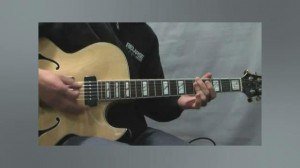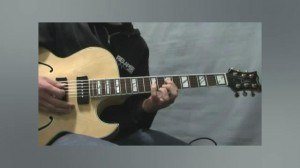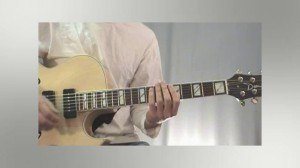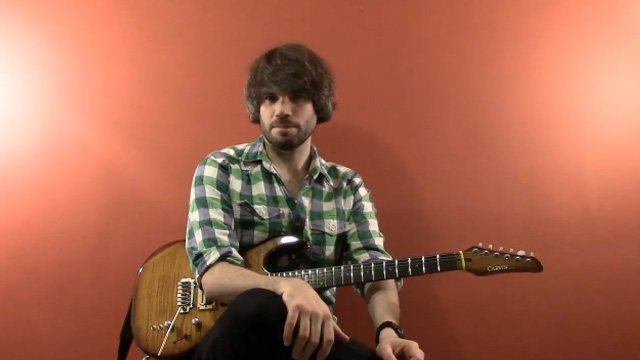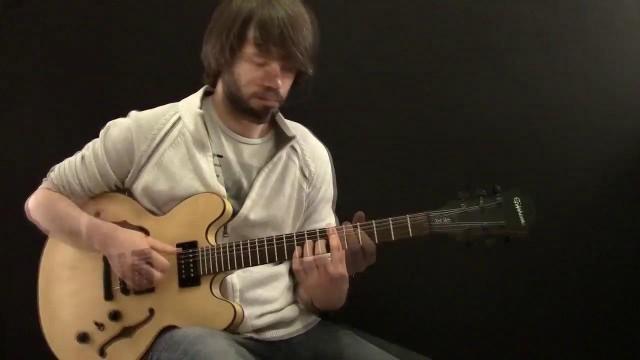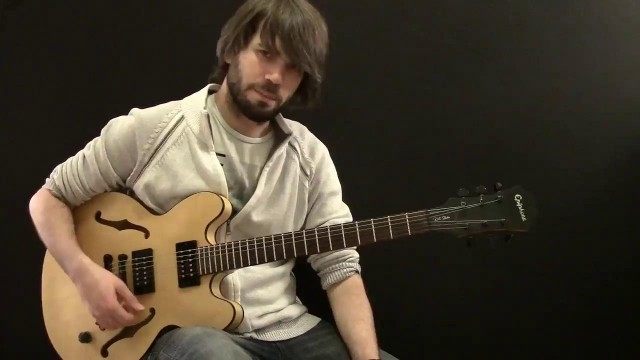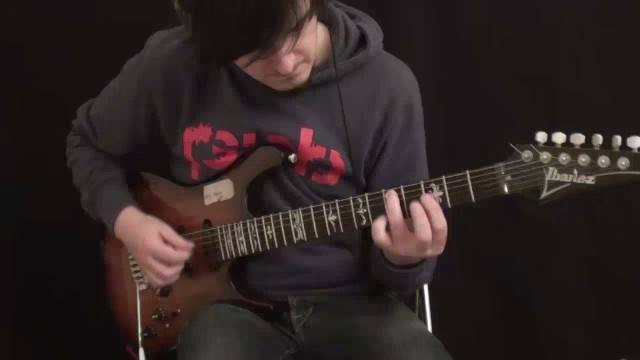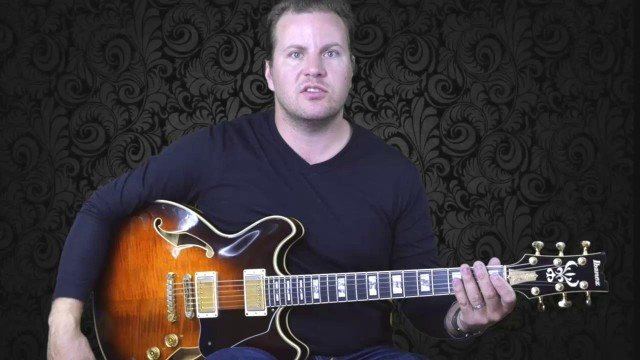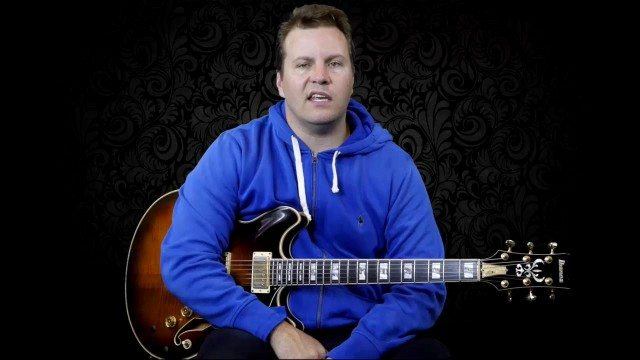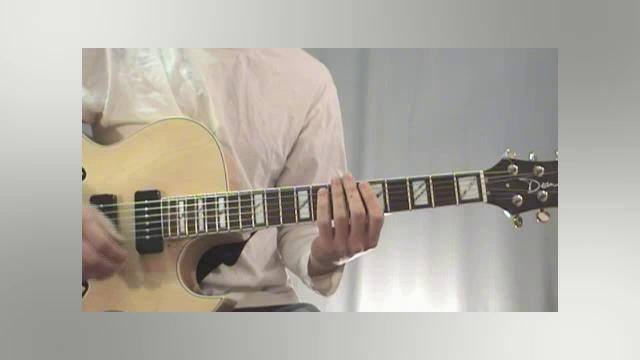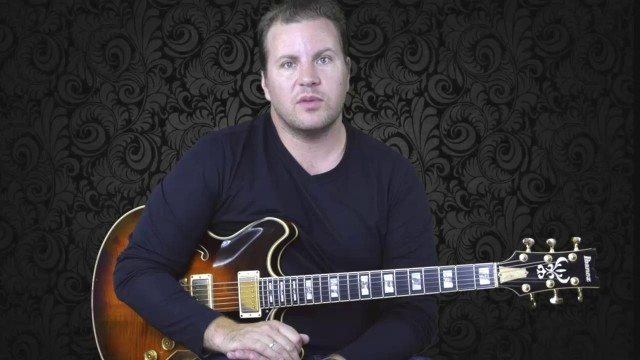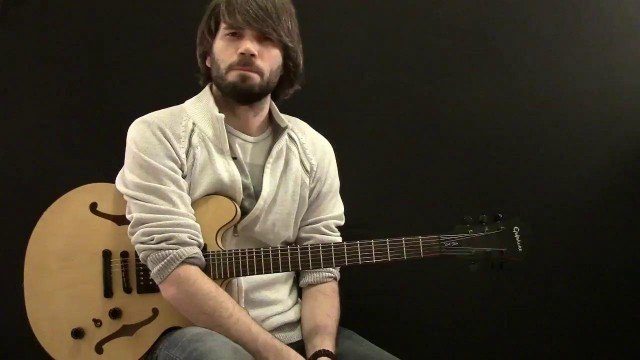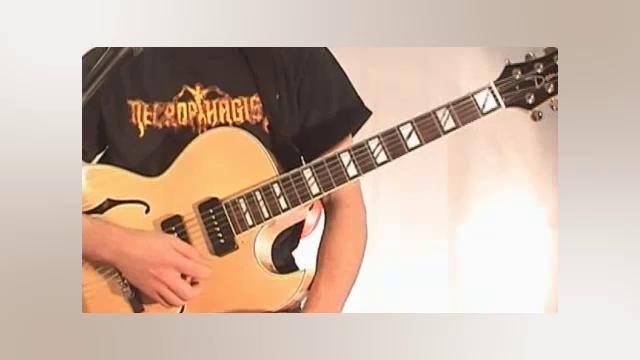Alright, hopefully by now you have this chord progression well under your belt. The melody should be memorized, and all the chord voicings we looked at ought to be flowing when you play them. If so, it's time to look at some more creative ways to use all this knowledge.
The arrangement we are looking at is called a 'Chord Melody' This as you probably already worked out means that we play the chords and melody together.
We will be using most of the chords covered in the preceding lessons with a couple substitutions thrown in for extra flavor. So for the most part, if you have been successful with the last few lessons, playing this arrangement should come fairly naturally.
The theoretical side of the tune is a bit more advanced though. I will briefly point out a few things with our chord choices so you can get an idea of what kind of thinking is involved when creating these type arrangements. If the theoretical aspect goes over your head don't worry too much. More lessons on this topic will be available with step by step discussions.
In bar 14 we have ( F#m7b5 D11 ) technically these chords can be represented as ( F#m7b5 F#m7b5add9) but that's just a really long winded name. m7b5 chords (aka 'half diminished') are often used as substitutes for the Dominant chord, and vice versa. Think of it this way, If you play a D9 and take away the root of the chord you are left with the notes of an F#m7b5 chord. So obviously if you played F# 'half diminished' and put a D in the bass you would have a D9.
What we have done is changed the leading note of our F#m7b5 chord to a G and since we know that the m7b5 chord is simply an upper extension of the D9 chord, we can say that G note is actually just the 11th of the D9 chord. Hence we rename it to D11 (full name of chord being D9(11). Saving space and time. Once again, this is a classic example of lazy Jazz musicians trying to save ink.
In bar 25, I put in some diminished chords. These clearly were not on the original chord chart. There is no fancy substitution business happening here, I just felt it sounded nice. It allows me to play that part of the melody in chord form while creating a bit of dissonance at the same time. This is a common device in Jazz.
Bar 26 starts with an Am chord. Which once again is a possible substitute for F#m7b5. Only in this case, we are using the upper structure of the m7b5 chord. If you take the notes of the m7b5 chord. F# A C E and take away the root note. We are left with A C E, this being an Am chord. I took advantage of this and used the Am chord so my melody note could become the leading tone. The passage then moves down to the basic m7b5 shape. Which then moves to a B7#5 chord. The #5 is used once again so we can keep the sound of our B7 chord while including the melody note.
This continues down to the B7 chord and ends on an Adim chord before we reach the turnaround.
Adim is a substitute for the B7 chord. Another name we could have used was B7b9. The b9 in this case being our melody note. So for flavor I just used the diminished chord on its own and discarded the B as the root note.
Lastly, at the end of bar 22 we have a D# note which is not related to the melody. Rather it was used as a passing tone to create a more Jazzy sounding chromatic bass line movement. Another common device used in chord solo's.
Those are the only noteworthy points in this arrangement. I hope you enjoy playing the tune and are able to use this to gain a bit of insight into the mentality behind creating chordal arrangements.
There will be plenty more lessons on this topic to come and I'll be available on the forums to answer any questions you may have.










